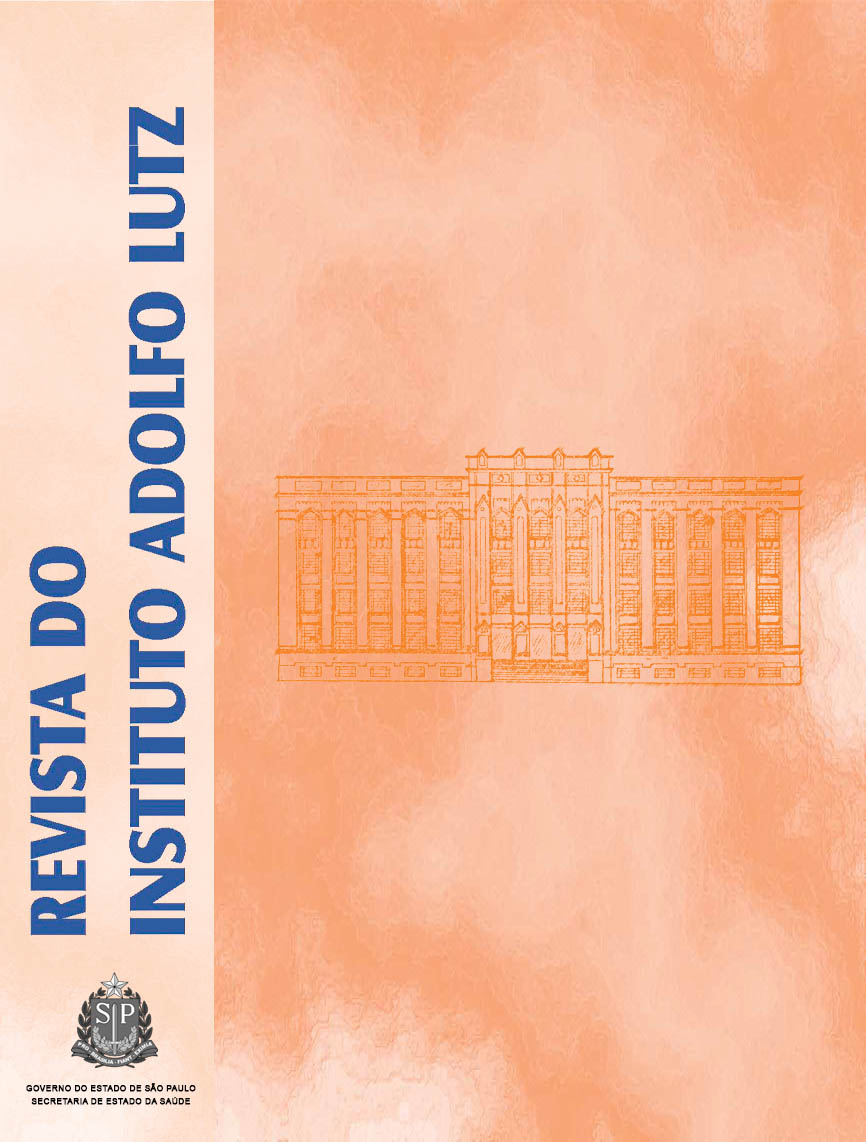Abstract
Papers manufactured for sanitary purposes are absorbing products, composed by natural fibers, and used to produce hygienic paper, handkerchiefs, towels, napkins, and hospital sheets. Sixty-five products from different manufacturers and marketed in São Paulo, Brazil were investigated by in vivo and in vitro dermal toxicity assays and microbiological quality analysis. The assays were performed following ABNT NBR 15134 Regulation and Ministerial Decree 1480. In vivo assay was carried out by Draize and Magnusson and Kligman techniques, and in vitro testing was performed by agar diffusion NCTC cell strains clone 929 (ATCC-CCL1). Microbiological analysis was performed according to Ministerial Decree 1480. The analyzed products showed satisfactory results on both in vivo and in vitro assays. Forty-nine (75.4%) samples showed satisfactory microbiological quality, but unsatisfactory in 16 (24.6%) samples due to the occurrence of aerobic mesophilic bacteria and Clostridium spp. In vitro ytotoxicity assay could be used as screening test, and as an alternative test for replacing the animal-using methodologies. The microbiological analysis is not included in the pertinent guidelines, but the use of analytical marker is crucial for assessing the sanitary-hygienic
conditions and also to act in compliance with Good Manufacturing and Control Practices.
References
1. Santos CP, Reis IM, Moreira JEB, Brasileiro LB. Papel como se fabrica? Rev Quim Nova Esc. 2001;14. Disponível em: [http:// www.dqo.iqm.unicamp.br/disciplinas/pos-graduação/qp-322/ artigo.pdf].
2. Associação Brasileira de Normas Técnicas [ABNT] NBR-15134. Papel e produto de papel para fins sanitários. Método de ensaio. Rio de Janeiro, 2004.
3. Mattos RLG, Valença ACV. A reestruturação do setor de papel e celulose. BNDES Setorial. 1999;10:253-68. Disponível em: [http:// www.bndes.gov.br/conhecimento/bnset/sete 1006.pdf].
4. Mokfienski A, Gomide JL, Colodette JL, Oliveira C. Importância da densidade e do teor de carboidratos totais da madeira de eucalipto no desempenho da linha de fibra. Disponível em: [http:// www. celuloseonline.com.br/imagembank/Docs/DocBank/dc/ dc099.pdf].
5. Rodrigues-Acar M, Carmona MN, Montaño AJ, Alarcón HH. Patologías más frecuentes del área perianal. Rev Cent Dermatol Pascua. 2000; 9 (2):86-95.
6. Brasil. Ministério da Saúde. Portaria nº 1480, de 31 de dezembro de 1990. Aprova o Regulamento Técnico para o controle de produtos absorventes higiênicos descartáveis, de uso externo e intra-vaginal. Diário Oficial [da] República Federativa do Brasil. Brasília, DF, 07 jan.1991. Seção 1, p.295-301.
7. International Organization For Standardization [BSEN ISO] 10993-05. Biological evaluation of medical devices tests for in vitro cytotoxicity. Geneva, 1992.
8. United States Pharmacopeia. 28 ed. Rockville. United States Pharmacopeial Convetion, 2005. p.2268-9.
9. American Society for Testing and Materials [ASTM], F719. Standard pratice for testing biomaterials in rabbits for primary skin irritation. Philadelphia: ASTM, 1996.
10. International Organization for Standardization [BS EM ISO] 10993-10. Biological evaluation of medical devices tests for irritation and sensitization. Geneva, 1996.
11. Organisation for Economic Co-operation and Development of Chemicals revised guideline 404. Acute Dermal Irritation/ Corrosion, 2002.
12. Magnusson B, Kligman. A. Allergenic contact dermatitis in the guinea pig. Thomas CC, Springfield IL, 1970.
13. Agência Nacional de Vigilância Sanitária. [ANVISA]. Guia para Avaliação de Segurança de Produtos Cosméticos, 2003.
14. Bacteriological Analytical Manual Online, 2001. Disponível em: [http://www.cfsan.fda.gov/~ebam/bam-4.html].

This work is licensed under a Creative Commons Attribution 4.0 International License.
Copyright (c) 2010 Instituto Adolfo Lutz Journal
